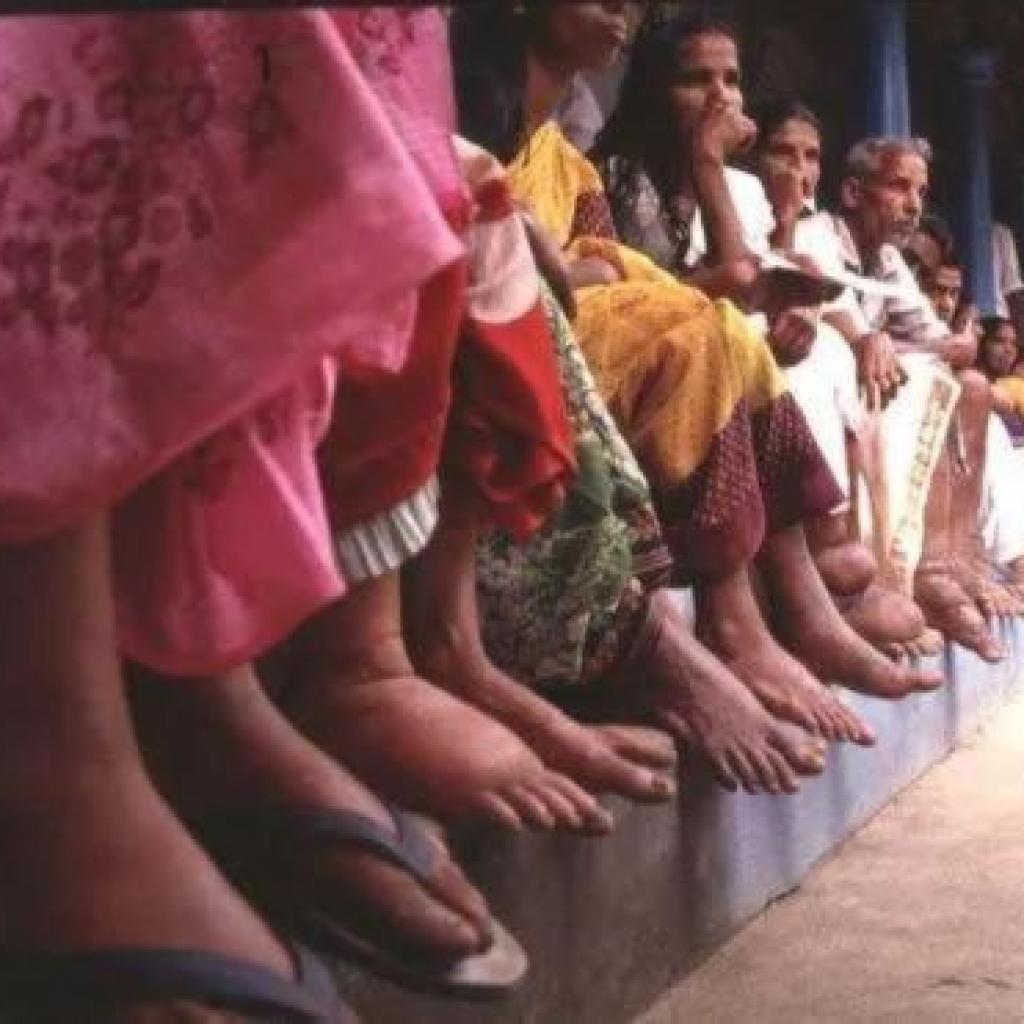Gender and Health Systems Strengthening
Course details
About this course
The course will assist USAID field-based health officers, foreign service nationals, and U.S. government partners to promote gender equality and women’s empowerment in health systems strengthening efforts. By the end of the course, the learner will understand how health systems components interact with each other, how gender plays a role in each health systems component, and how to address these gender issues in health systems strengthening activities in order to improve health and social outcomes.
This course will examine gender considerations for each of six health systems components described in the World Health Organization's health systems model. We will also explore ways to promote gender equality and women’s empowerment in health systems strengthening interventions so that health systems better meet the health needs of women, men, girls, and boys. Each section of the course will first discuss and illustrate gender issues that affect a particular health system component and then propose solutions to address these issues and strengthen health systems.
This course will consider some of the gender norms that drive health behavior, health decision making, and the provision and utilization of health care. Programmatic examples will be highlighted that illustrate aspects of gender equality and women's empowerment in health systems strengthening. It is recommended to complete the prerequisite course Gender and Sexual and Reproductive Health 101 prior to taking this course.
At the end of the course, learners will be able to:
- Explain the intersections between gender equality, women’s empowerment, and health systems strengthening.
- Describe the health systems components and their gender considerations.
- Describe key interventions that promote gender equality and women’s empowerment in health systems strengthening.
- Cite examples of the multiple, dynamic interactions among the health systems components that result in positive gender and health systems outcomes.

